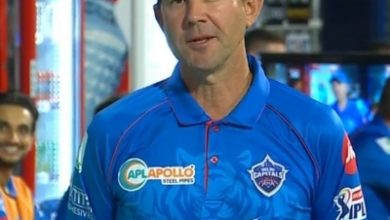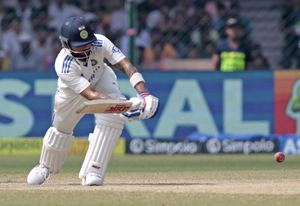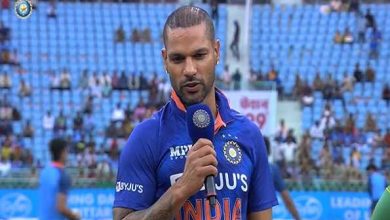Should ICC now reduce test matches from 5 days to 4 days? Know the opinion of fans
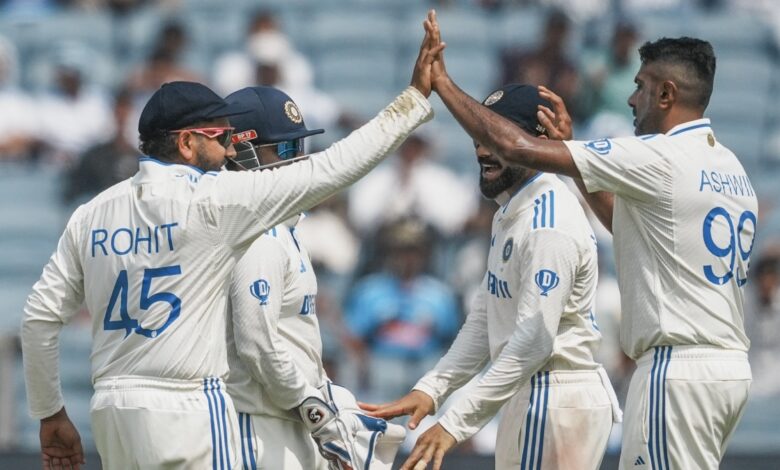
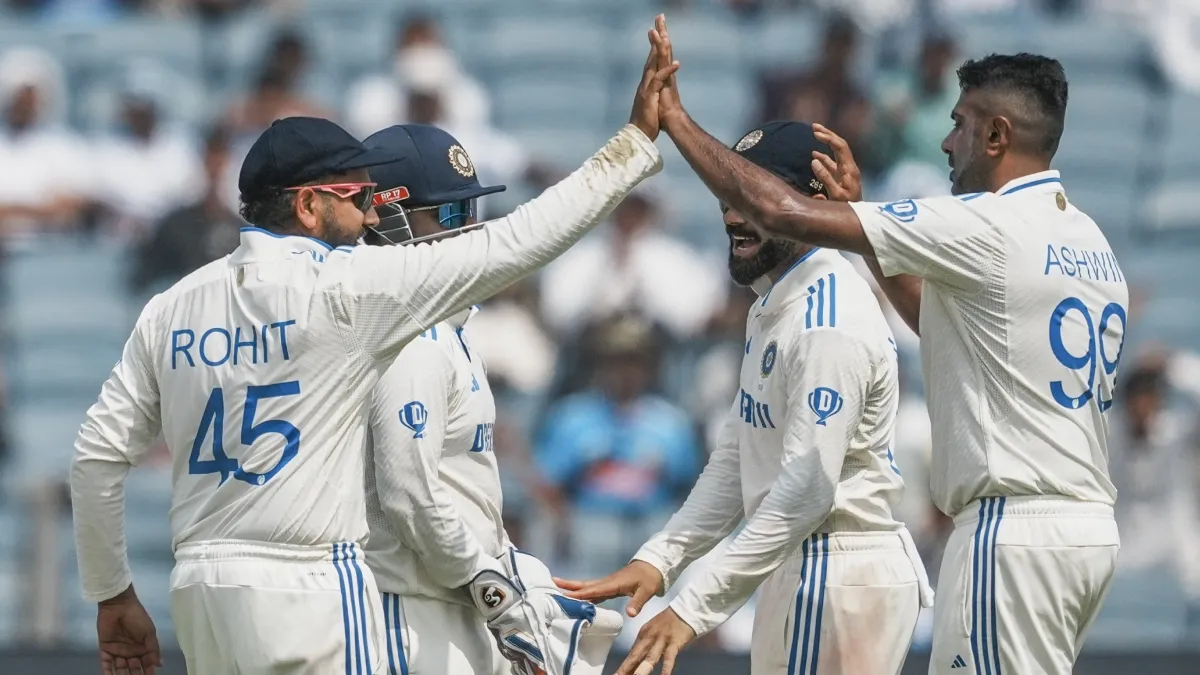
Indian Test Team
Indian Cricket Team: Contrary to everyone’s expectations, Team India lost the Test series against New Zealand 0-3. Before the series started, no one had even thought that the Indian team would get a clean sweep in the series at home. The Test series has been a nightmare for the Indian team and also an eye-opener for the Indian players. The strong Indian batting attack completely collapsed in front of the New Zealand spinners. The Indian team had superstar batsmen like Rohit Sharma, Virat Kohli and KL Rahul, but these players did not fare well and the team had to face defeat. Whereas Indian batsmen are considered experts in playing spin.
Two test matches ended within 3 days
Rain had disrupted the first Test match and after this Team India was all out for just 46 runs in the first innings. After that it became difficult for Team India to make a comeback in the series. The first test match lasted for 5 days, but New Zealand won this match by 8 wickets. After this, the second and third test matches ended within three days. India lost the second match by 113 runs and the third match by 25 runs. In both these test matches, New Zealand players were so dominant that the match could not continue till the fourth day.
India TV conducted the poll
Should ICC now reduce test matches from 5 days to 4 days? India TV has run a poll regarding this, in which fans have given their opinion. 48.7 percent fans believe that yes, ICC should now reduce the test matches to four days. Whereas 45.6 percent fans have given their opinion in no. Whereas 5.7 percent people did not think it right to say anything about this. A total of 4379 people voted in the poll.
Should ICC now reduce test matches from 5 days to 4 days?
Yes-48.7%
No- 45.6%
Can’t say- 5.7%
Also read:
Team India will win in Australia in this way, world champion Indian player told the way


